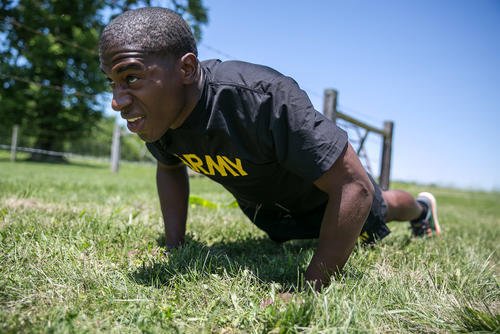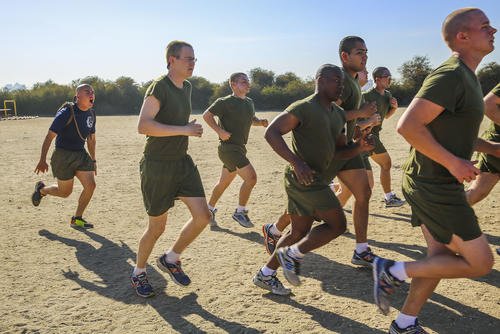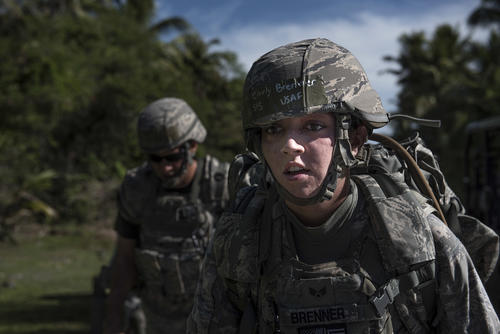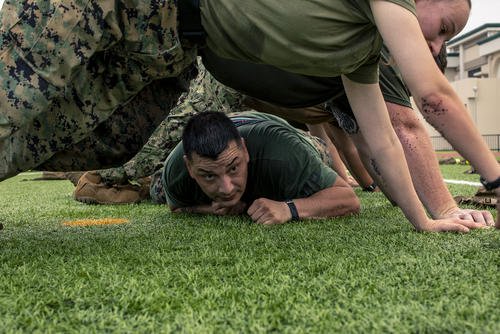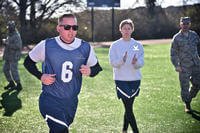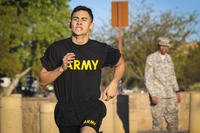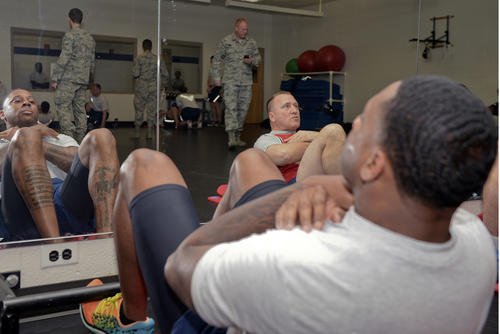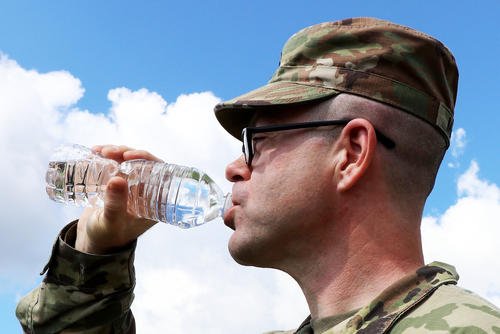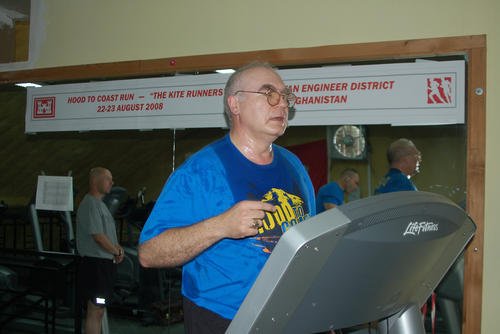It is wise to practice taking military fitness tests, long before the real ones count toward your record or your chances of getting accepted into special programs. Otherwise, you are just guessing.
Here is this week’s question:
Hi, Stew,
I was wondering if you had any advice on how to get a faster 3-mile run? I am trying to get sub-20 minutes. Also, do you have any advice for after taking a PFT and doing as well as you usually do?
Thanks,
Jim
Jim, after assessing yourself by doing a trial run of the events on a physical fitness test, the moment of truth occurs. You know your strengths and weaknesses, but you could also have a bad day because of poor nutritional choices, lack of sleep or not training specifically enough for your testing events.
Here’s how to prepare to do your very best on test day.
How to Run a Faster 3-Mile Time
Add More Cardio
If adding mileage is not in your running progression yet, then do more hard bike workouts followed by running. For instance, do a 20-minute hard bike and follow it with a 20-minute run for maximum distance; shoot for that 3-mile distance goal.
Read Next: Building the Warrior: A Holistic Approach to Peak Performance in the Military
This way, you get all the cardio with half of the impact – if you are concerned about overuse running injuries – as you improve your running cardio. Here are more bike workout options.
Get Specific
Learn your pace. We do a few goal-pace running workouts each week. This is a shorter distance, but at your goal of under a seven-minute pace per mile. Specifically, if you want to finish a 3-mile timed run in less than 20 minutes, you’re looking at a 6:40 mile pace.
Try doing a workout with six sets of half-mile, goal-pace runs at a 3:20 pace. Walk 200 yards between sets. You also could try 12 sets of quarter-mile, goal-pace runs at 1:40 pace. Wall 100 yards between sets.
Both workouts are set for you to hit that 20-minute target on the 3-mile run. The goal here is to learn your pace, the proper arm swing and breathing technique, as well as how it feels on your legs. This should get you in better running shape.
Zone 2 Cardio
Another addition to the week could be a steady-state pace cardio event, such as running longer distances at a slower pace and lower heart rate. Understanding the heart rate zones of physical fitness is beneficial. Refer to this Zone 2 training article for details on when to add these cardio events.
Add a Sprint or Hill Day (with Leg PT)
There are two key components that you must develop to improve your running:
- Your legs
- Your cardiovascular system (heart and lungs)
Learning to move your legs faster with shorter, high-effort runs will also help you develop your heart and lungs to handle more running. Adding squats and lunges between sets will help you with the muscle stamina needed for running, rucking and other military training activities.
Continue training with a variety of the above running and leg workouts throughout the week, with occasional PFT (3-mile timed) runs to track your progress. You will find that the more you practice that distance, the better you will create strategies that work for you. Do you maintain a steady pace throughout the entire race? Do you try for a negative split – starting off easy, then running faster on the last half of your run?
By running the event as if you were getting timed by a Marine drill instructor, you will also learn how to fuel best for the event. Whether it’s a light meal, carbohydrate-rich drink or fruit, practicing in advance will enable you to test out what agrees with your digestive system.
The No. 1 rule is not to do something for the first time on testing day. Also, refrain from caffeine prior to a PFT; the artificial spike in heart rate is unlikely to benefit you or provide energy.
Through a program involving running, other cardio options and calisthenics, you can build solid PFT scores and unlock new levels of performance you never thought possible. Check out more articles in the Military.com Fitness Section on running, rucking progressions, fitness testing, strength and endurance training for the tactical athlete. They will help you understand the methods of preparing for tactical professions.
Want to Learn More About Military Life?
Whether you're thinking of joining the military, looking for fitness and basic training tips, or keeping up with military life and benefits, Military.com has you covered. Subscribe to Military.com to have military news, updates and resources delivered directly to your inbox.






